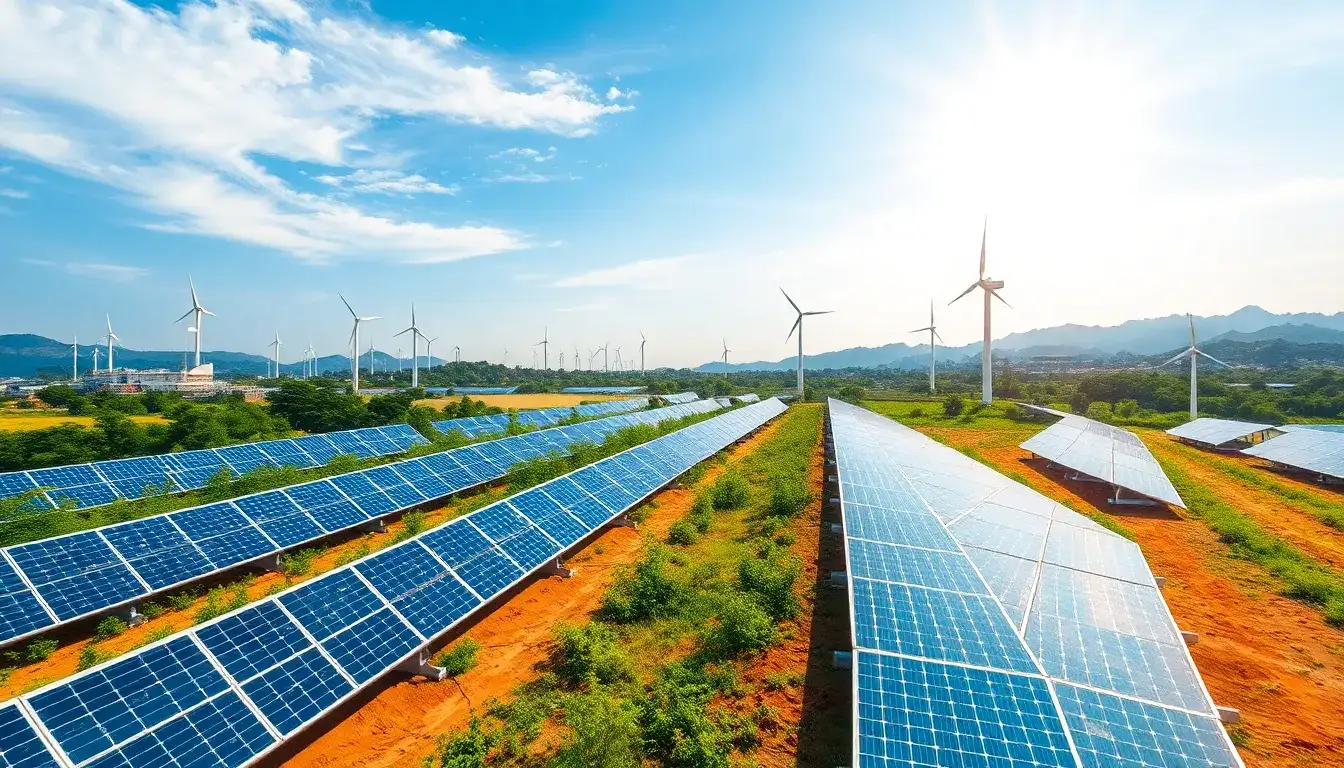
**Energy Development and Infrastructure Initiatives**
The National Energy Administration (NEA) is focused on accelerating the construction of new energy infrastructures across various sectors. As part of this initiative, the government aims to establish new energy bases by 2025, which will include significant projects in solar and wind energy.
### Key Developments and Goals
1. **2025 Energy Goals**: The NEA plans to increase renewable energy capabilities significantly by 2025, targeting a solar energy capacity of **80GW** and a wind energy capacity of **12.03GW**. This ambitious plan also includes the development of new plants and upgrades to existing facilities.
2. **Project Highlights**:
– The **Red River Basin** project, with a capacity of **1.26GW**, is set to initiate its main construction phase by 2024.
– The **Yangtze River Basin** will introduce a subsidy of **0.1 yuan/kWh** for solar energy projects, with plans to continue these subsidies for two years.
– Detailed plans have been released for the construction of **600MW** solar photovoltaic projects, ensuring a robust contribution to the national grid.
3. **Pricing Trends**: Current pricing for photovoltaic components is stable, with polysilicon prices hovering at **3.08%** and fluctuations in battery and module pricing expected to maintain high purity standards. The market is keenly watching the trends in prices for different types of solar cells, which are essential for maintaining competitiveness in the renewable energy sector.
4. **Technological Advancements**: The industry is seeing enhancements in solar technology, notably in the performance of **TOPCon** and **HJT** cells, with reported efficiencies reaching **24.8%** and **25.21%** respectively. Research and development are ongoing to further improve these metrics.
5. **Future Policy Directions**: The NEA emphasizes the need for rapid development of new energy technologies, including rigorous environmental assessments and enhanced regulatory measures. This aligns with China’s commitment to reduce carbon emissions and transition to sustainable energy sources.
### Strategic Collaborations
– Partnerships with various entities, including **NREL** (National Renewable Energy Laboratory), are being strengthened to foster innovation and ensure high standards in energy production.
– Collaborations with international organizations aim to improve energy efficiency and integrate advanced technology into domestic markets.
### Conclusion
The NEA is making significant strides in renewable energy development, focusing on ambitious goals for 2025 and beyond. With ongoing projects and collaborations, the future of energy in China looks set for a transformative shift towards sustainability and efficiency.
For ongoing updates and detailed information about these initiatives, stakeholders can refer to the NEA’s official publications and reports.







